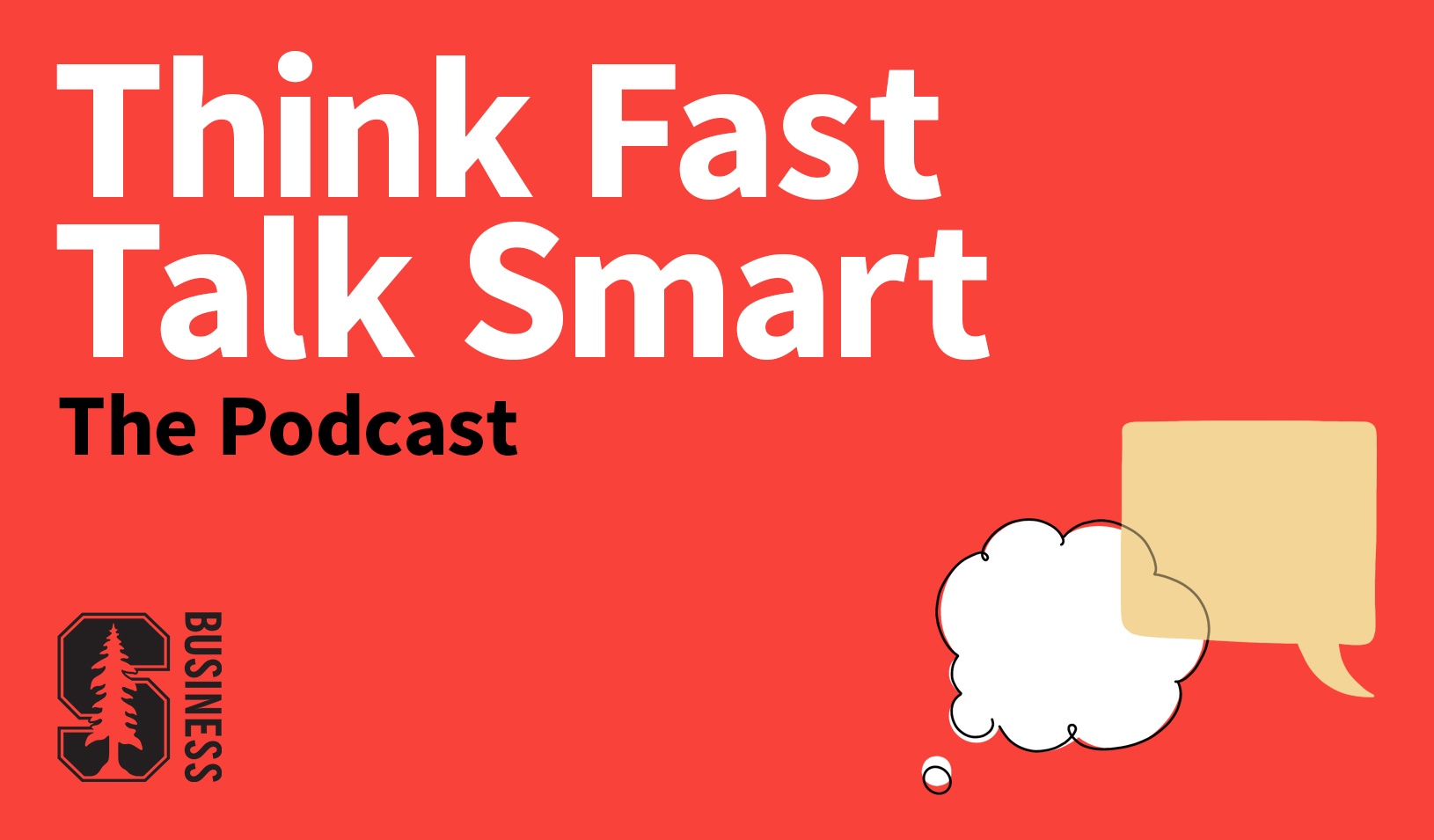
What exactly makes people feel so pressed for time? | Reuters/Jon Jones
Many people consider holiday cheer synonymous with seasonal stress as they rush to finish up their shopping and decorating. But what exactly makes people feel so pressed for time? How do time constraints affect our behavior and the choices we make — not only during the holidays but year-round? And how much are people willing to pay to minimize the pressures?
A new study co-authored by Stanford GSB professor Jennifer Aaker offers some intriguing answers to these questions. When people perceive goals to be in conflict — baking cookies, for instance, means putting off addressing the holiday cards — the ensuing anxiety makes them feel short on time, which affects not only how they spend that time but also how much they are willing to pay to save it. Furthermore, Aaker’s research — conducted in collaboration with Jordan Etkin of Duke’s Fuqua School of Business and Ioannis Evangelidis of Erasmus University’s Rotterdam School of Management — shows that people can reduce the stress of juggling competing goals simply by breathing slowly and learning to recast their anxiety as something more positive, like excitement.

Being stretched to the limit increasingly seems like an inevitable condition of the modern age. | Illustration by Tricia Seibold
Building on prior research demonstrating a close correlation between stress and time constraints, the researchers devised a series of experiments to demonstrate that consumers who see their goals as competing experience greater anxiety — and thus, more time pressures — than those who don’t. They also suspected that the stress of competing goals would make consumers not only less willing to wait — whether in a checkout line, for delivery of an online order, or to speak to a customer-service representative — but also more inclined to pay more to save time, as with expedited shipping.
As they predicted, participants who noted a higher degree of conflict between their goals felt like they had less time. This held true regardless of the nature of the conflict; those who felt conflicted about money — should you save or buy nice things? — felt just as pressed for time as those weighing goals that directly competed for their time, such as staying late at work to build a successful career or coming home early to be a good parent.
In another experiment, the researchers asked participants to choose between two goals they deemed important to them. Then, participants were told to pick one of four cars sporting variations in price, occupant survival rate, styling, and environmental friendliness. Drawing on prior research that identified safety and pollution as the two biggest consumer concerns, Aaker and her colleagues developed various scenarios to measure different levels of conflict. In the high-conflict condition, for instance, the car with the worst survival rate was the most eco-friendly while the safest car spewed the most pollutants, creating stress by forcing participants to make a trade-off. The low-conflict condition included one car that was clearly superior in both categories.
As in the prior experiment, participants measured both the degree of conflict they felt and the amount of time they thought they had — and again, the results showed that those in the high-conflict group reported more stress and felt more time - constrained. But here the researchers added a new twist: They told the participants that their chosen car was not ready and asked how long they’d be willing to wait. Those in the high-conflict group who had to choose between competing preferences were willing to wait fewer days than those who had made no concessions on their dream car. In a similar scenario, goal-conflicted subjects who felt short on time were willing to pay 30 percent more for expedited shipping of a DVD from Amazon. Such results confirm the hypothesis that feeling pressed for time shortens patience and increases willingness to pay.
To test whether reducing stress and anxiety would expand the perception of available time, Aaker and her colleagues created two simple interventions. As in the first experiment, they asked one group of subjects to list two goals and another to list two goals that they perceived to be “in conflict with one another.” Then they randomly assigned participants one of two sets of instructions: Half were told “to breathe so that each complete breath (inhale plus exhale) lasts 11 counts”; the others were told simply to count to 11. Those with conflicting goals who practiced slow breathing reported less anxiety and a more expansive view of time than those who simply counted. Likewise, conflicted subjects who were instructed to reappraise their anxiety as excitement (mainly by saying “I am excited!” repeatedly) regained a sense of control over their time. “Both interventions made participants feel they had as much time as when goal conflict seemed low,” the authors wrote.
Being stretched to the limit increasingly seems like an inevitable condition of the modern age. Aaker and her colleagues help us understand why. “While previous research shows that stress influences time perceptions and that goal conflict can cause stress, our new study paints a parsimonious picture by demonstrating that conflicting goals can directly reduce subjective perceptions of time,” says Aaker. “That in turn impacts behavior.” Feeling torn between conflicting goals makes people less inclined to fulfill either one, limiting their patience and compelling them to pay to buy back some time.
Jennifer Aaker is the General Atlantic Professor of Marketing at the Stanford University Graduate School of Business. Jordan Etkin is a marketing professor at Duke University’s Fuqua School of Business. Ioannis Evangelidis is a doctoral candidate at the Rotterdam School of Management in the Netherlands. Their paper, “Pressed for Time? Goal Conflict Shapes How Time Is Perceived, Spent, and Valued,” is forthcoming in the Journal of Marketing Research.
For media inquiries, visit the Newsroom.






